Global steel production jumps to 14-month high in May
Global steel output rose 6% from April to May, and is now at the highest rate seen since March 2023, according to World Steel Association’s (worldsteel) latest release.
Global steel output rose 6% from April to May, and is now at the highest rate seen since March 2023, according to World Steel Association’s (worldsteel) latest release.
Steelmaking raw material prices have generally declined over the past month according to SMU’s latest analysis.
Demand has remained persistently weak across the globe for sheet steel, weighing on prices. US HR coil prices fell the furthest this week as high-volume, low-priced deals were transacted as mills looked to fill order books and competed with one another amid relative demand weakness. Meanwhile, European prices were also down due to low demand […]
Please enjoy this roundup of recent news from the aluminum industry from our colleagues at CRU. EU to hit Chinese electric cars with tariffs up to 48% The European Commission notified carmakers on June 12 that it would provisionally apply additional duties of 17-38% on imported Chinese EVs from next month. The duties will be […]
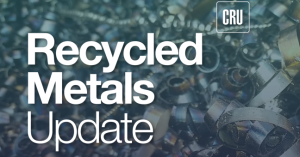
As the scrap market for June settles at lowered levels, let’s look at the situation for exports of ferrous scrap from the US East and Gulf coasts. Despite declines in the North American ferrous markets over the last two months, export prices have remained range-bound within a tight trading window. After a brief decline last […]
On Monday and Tuesday of this week, SMU polled steel buyers on an array of topics, ranging from market prices, demand, and inventories to imports and evolving market events.
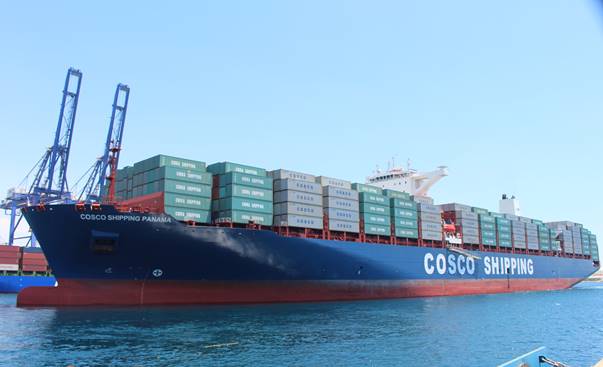
Total steel exports rebounded 6% in April, rising to 842,000 short tons (st) according to the latest US Department of Commerce data.
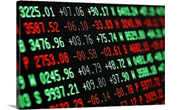
Let’s start by asking this: Were the proclamations that Nucor’s published index prices would drift lower with the reality of a bear market for flat rolled ultimately a bit premature with the benefit of hindsight?
Germany's Speira is investing €40 million (USD$43.3 million) for additional recycling capacity to drive the transformation of its Rheinwerk facility and achieve a total saving of up to 1.5 million metric tons (mt) of CO2 per year at the site, it was announced today.
When you step out of the airport in Phoenix in June, the heat tends to focus your mind. I was in town to attend the Steel Manufacturers Association/Metals Service Center Institute (MSCI) annual meeting in Scottsdale, Ariz. The desert locale with palm trees, swimming pools, and the obligatory high-powered air conditioning was fitting for 2024. Between the presidential election and the geopolitical situation, things have definitely been heating up.

As the US slides further into protectionism as the solution for our trade problems, a solution that will put us in a position to succeed in the growing economic battle with China is yet to be discovered. The tariffs on China, which President Biden doubled down on, are not working—at least if the goal to out-compete China and other growing economies. China is not our only problem. But it is our No. 1 challenge right now, in geopolitics, potential hostilities, and economics. EVs are a sign of this challenge.

Hot-rolled coil prices are known for their volatility. There are a variety of hedging strategies industry players have used to manage it, one of them being the use of HRC futures. However, some have been hesitant to dip in their toe, and their money, in futures and have preferred other approaches.
Steel sheet prices across most regions of the world were little changed this week. European buyers remain cautious regarding their outlook towards end-use demand and largely remained out of the market. A similar trend was seen across Asia, although skepticism on real estate stimulus measures in China led to w/w price falls. In the US, […]

The US OCTG Manufacturers Association (USOMA) announced that the US Customs and Border Protection (CBP) agency made an initial affirmative determination of duty evasion practices.

The Biden administration recently announced tariffs on several products from China, including steel and aluminum. There has been much rejoicing over this move and there has been a great deal of support from the steel industry.
Steelmaking raw material prices have moved in different directions over the past month, according to SMU’s latest analysis.

In conjunction with President Biden’s visit to Vietnam in September 2023, Vietnam’s government petitioned the US Department of Commerce (DOC) for “market economy” treatment. This would be a major trade concession, as DOC has recognized for years that Vietnam’s economy does not operate according to market principles. However, graduating Vietnam to market economy status would […]
Global steel output in April fell 3.1% from March’s 10-month high, according to World Steel Association’s (worldsteel) latest release.
Tenaris is blaming unfairly traded OCTG imports flooding the US market for its decision to lay off approximately 170 employees.

The free market operates best when it is freest. But all governments intervene in markets in response to conditions that threaten peaceful progress. President Biden decided last week that market intervention was justified. He approved a report from the US Trade Representative (USTR) that recommended continuing the “Section 301” tariffs on Chinese imports into the United States.
President Biden announced an increase in tariffs this week on Chinese EVs, semiconductors, batteries, solar cells, steel, and aluminum.
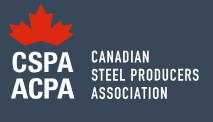
Following the announcement earlier this week that the US will hike import tariffs on Chinese goods, including steel and aluminum, Canada’s steel industry called on its government to consider similar tariffs.
Cleveland-Cliffs’ Lourenco Goncalves thinks trade measures announced by the US government on Tuesday against China were just the opening salvo in a series of trade actions. Case in point: The Biden administration targeted China’s “unfair” trade policies with additional tariffs on an array of Chinese-made goods - including steel, aluminum, and EVs.
The Biden administration announced a series of actions on Tuesday targeting China’s "unfair" trade policies. These actions will, among other things, make imports of steel and aluminum from the Asian nation even more prohibitive.
The China Iron and Steel Association (Cisa) has urged steel producers to cut back on record high inventories while the sector struggles with oversupply.
The Mexican federal government backed down on the application of tariffs on raw non-alloyed and alloyed aluminum decreed on April 22.
Japanese steelmaker JFE Holdings will invest abroad as part of a drive to lift income, says group president Yoshihisa Kitano.
Tariffs on unfairly traded steel and other products help to stabilize America’s most important industries, safeguard tens of thousands of jobs, and protect national security. My union, the United Steelworkers (USW), never seeks these remedies lightly. And presidents, Republican and Democrat alike, implement them only after diligent investigations documenting the harm that foreign adversaries intentionally inflict upon our country with dumping, overproduction and other kinds of trade cheating. I don’t think Lewis Leibowitz considered these points while criticizing tariffs in his excessively pro-free-trade column, “Where is the voice of the consumer?” on May 5.
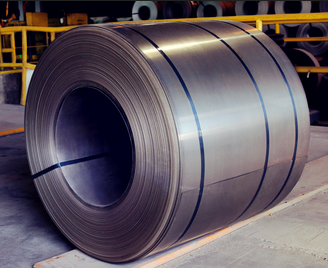
US steel exports eased through March but remain healthy, having reached a six-month high in February
Is it just me, or does it seem like the summer doldrums might have arrived a little early? I could be wrong there. It’s possible we could see a jump in prices should buyers need to step back into the market to restock. I’ll be curious to see what service center inventories are when we update those figures on May 15. In the meantime, just about everyone we survey thinks HR prices have peaked or soon will. (See slide 17 in the April 26 survey.) Lead times have flattened out. And some of you tell me that you’re starting to see signs of them pulling back. (We’ll know more when we update our lead time data on Thursday.)